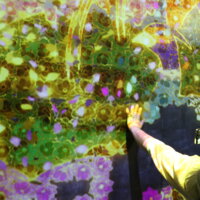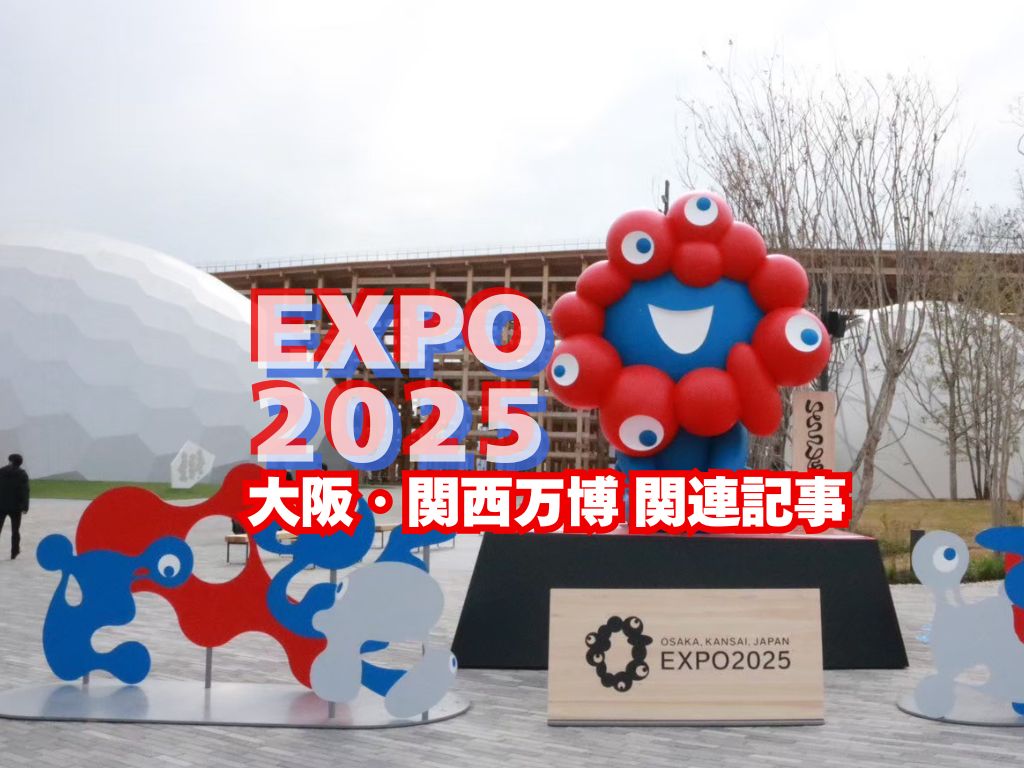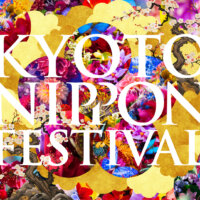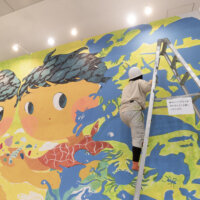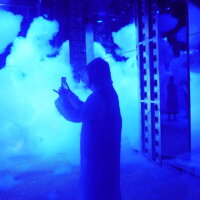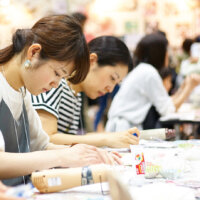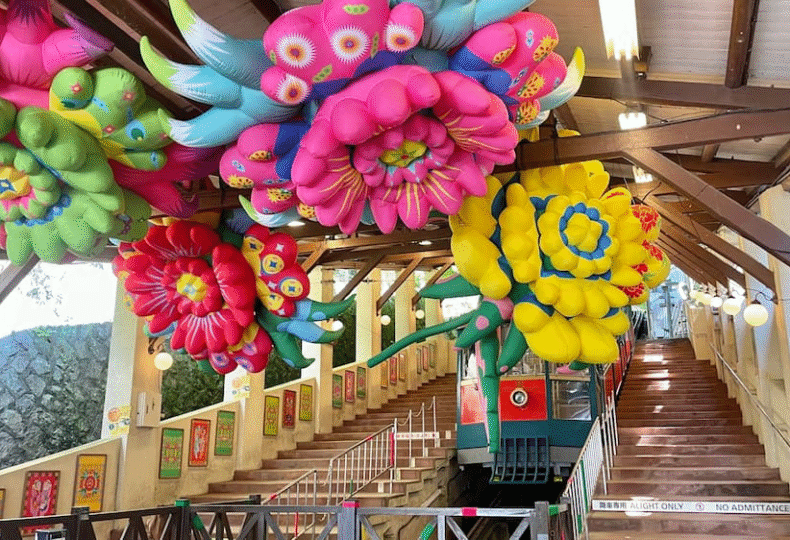
Waves of art in motion across the lake country — “International Art Festival BIWAKO BIENNALE 2025” opens September 20 through November 16 in Omihachiman, Shiga
Set against the living history and nature of Omihachiman, Shiga Prefecture, the International Art Festival BIWAKO BIENNALE 2025 will run from Saturday, September 20 to Sunday, November 16, 2025. Now in its 11th edition and curated by General Director Yoko Nakata, the festival will invite around 70 artists from Japan and overseas under the theme “Flux,” transforming the lake country with art. Vacant traditional townhouses and historic buildings across Omihachiman will be repurposed as exhibition venues, offering visitors a singular art experience.
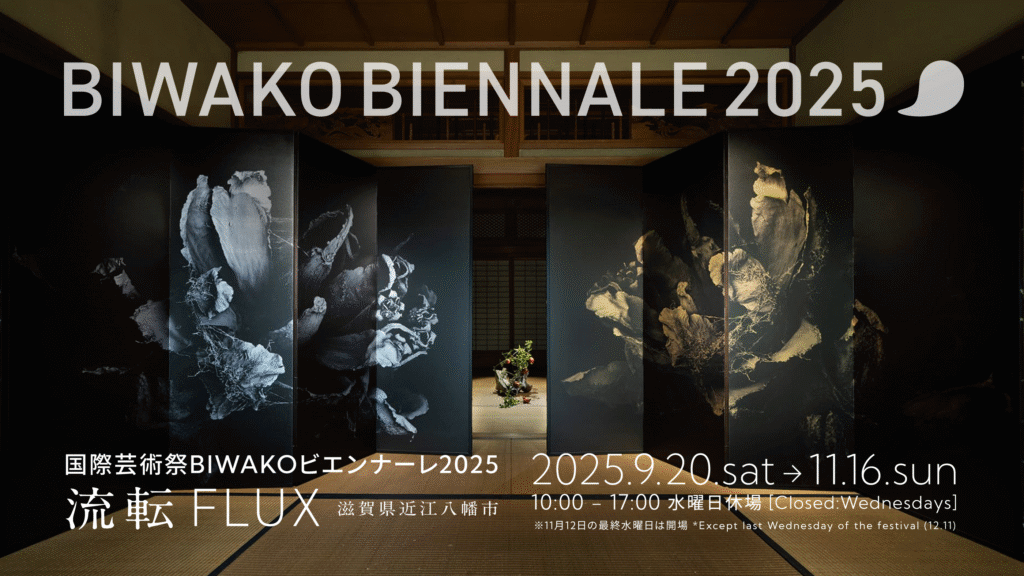
Overview of BIWAKO Biennale 2025: New vitality in Shiga through art
“Flux” and the cycle of life and creation
The 2025 theme, “Flux,” explores fundamental change and regeneration in life, as well as the enduring power of art. Just as our own cells are constantly renewing and we are never exactly the same self from one moment to the next, art too is an essential practice that will persist as long as humanity exists. Under this profound theme, artists from Japan and abroad will present works through their own interpretations, prompting viewers to reflect on existence and change in contemporary society.
Three principal areas where history and nature intertwine
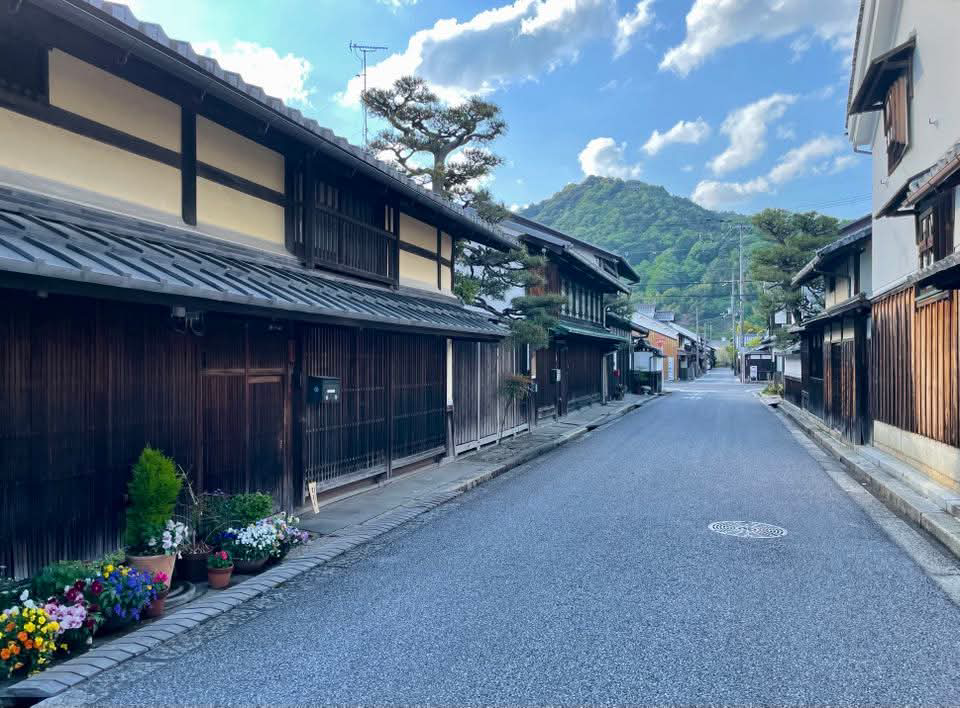
Omihachiman Old Town Area
Venues are organized into three zones centered on Omihachiman City: the Omihachiman Old Town Area, Okishima, and Chomeiji. The Omihachiman Old Town Area serves as the main site within a castle town built by Hidetsugu Toyotomi and later flourishing as the birthplace of the Omi merchant tradition. Many townhouses and storehouses from the Edo to Meiji periods remain here. In these historic buildings, a diverse lineup of artists will breathe new life into tradition—including Makoto Egashira, known for large-scale sculptural works using Japan’s distinctive floral-pattern blankets; Akihito Okunaka, who creates balloon-like installations; and French sculptor Julien Signollet.
OKISHIMA Island Area — Japan’s only inhabited island on a freshwater lake, floating in Lake Biwa
Art blends into daily life on this fishing-rich island where people live in harmony with nature. Exhibits will engage with scenery unique to the island, including works by Zhou Yiqiao, who incorporates festive Chinese motifs and color palettes into balloon-based pieces, and by Tagashi Tanaka, who gives tangible form to unseen phenomena under the theme of “vitality.” A workshop will also be held in which local elementary school students make pigments from soil collected in Omihachiman and create a large painting, deepening collaboration with the community.
(Entry possible without an exhibition passport)
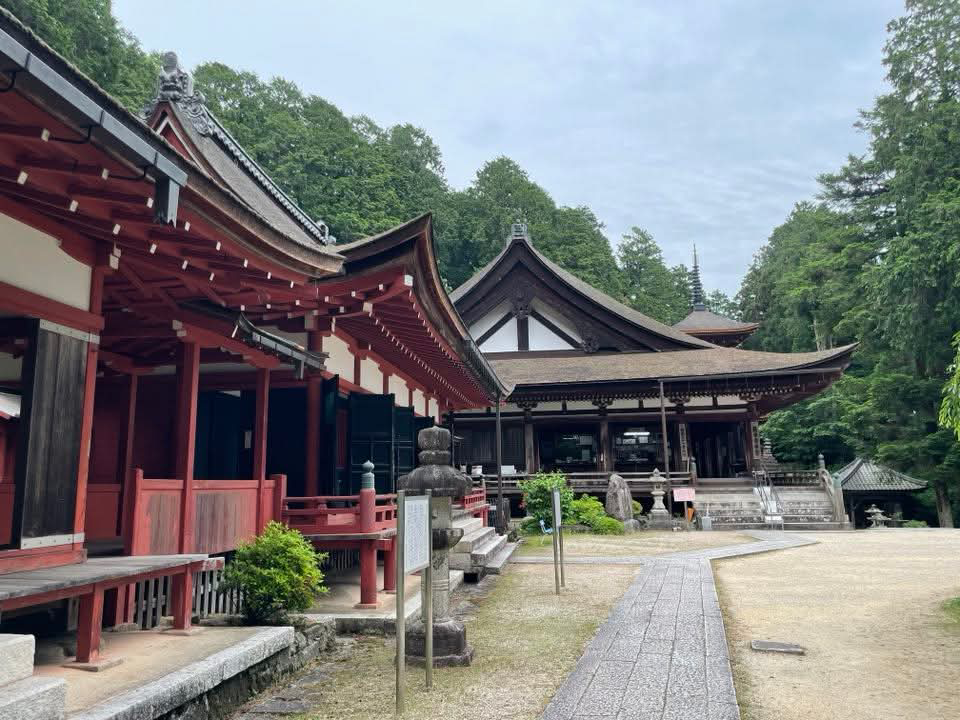
Chomeiji Area — a scenic site with panoramic views of Lake Biwa
Newly added as a venue this year, the Chomeiji Area is a sacred site associated with Prince Shotoku and known as the 33rd temple on the Saigoku Kannon Pilgrimage. Located on the mountainside at an elevation of about 250 meters, it offers sweeping views over Lake Biwa. Chinese artist Chen Jianfei will present a work in the Main Hall inspired by Hangzhou’s Leifeng Pagoda; Raita Ishikawa will stage socially critical performances; and Hiromi Uno will exhibit stretch-fabric works that respond to the character of the spaces. Together, these projects create new dialogues of contemporary art within a setting layered with history and spirituality.
(Works are dotted across the island; entry possible without an exhibition passport)
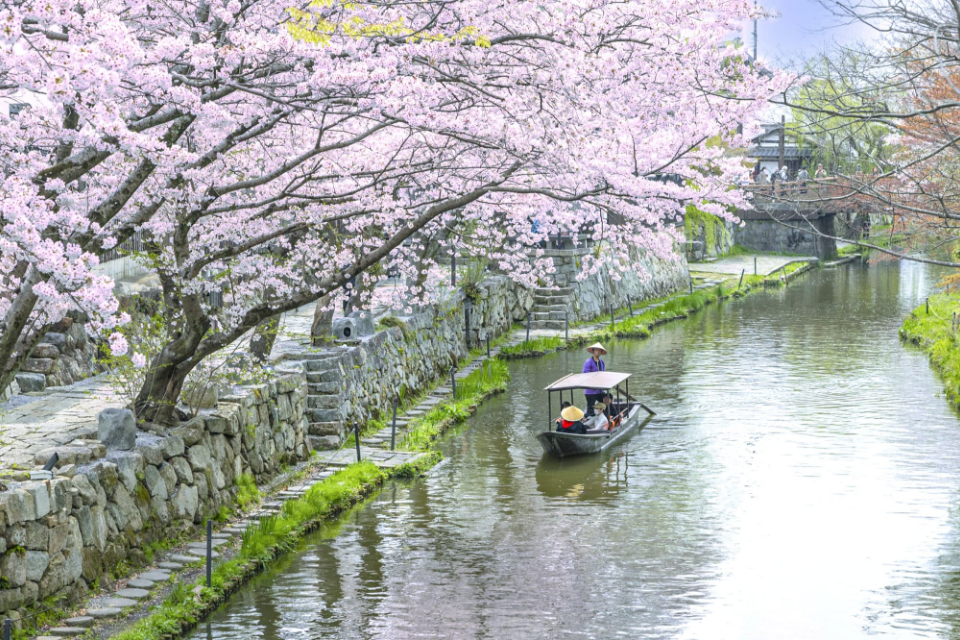
Omihachiman Area — Extension Venue
Tea Space Saraku (exhibition in the café area; entry possible without an exhibition passport)
A café overlooking Hachiman-bori, the arterial canal that played a major role in the town’s prosperity.
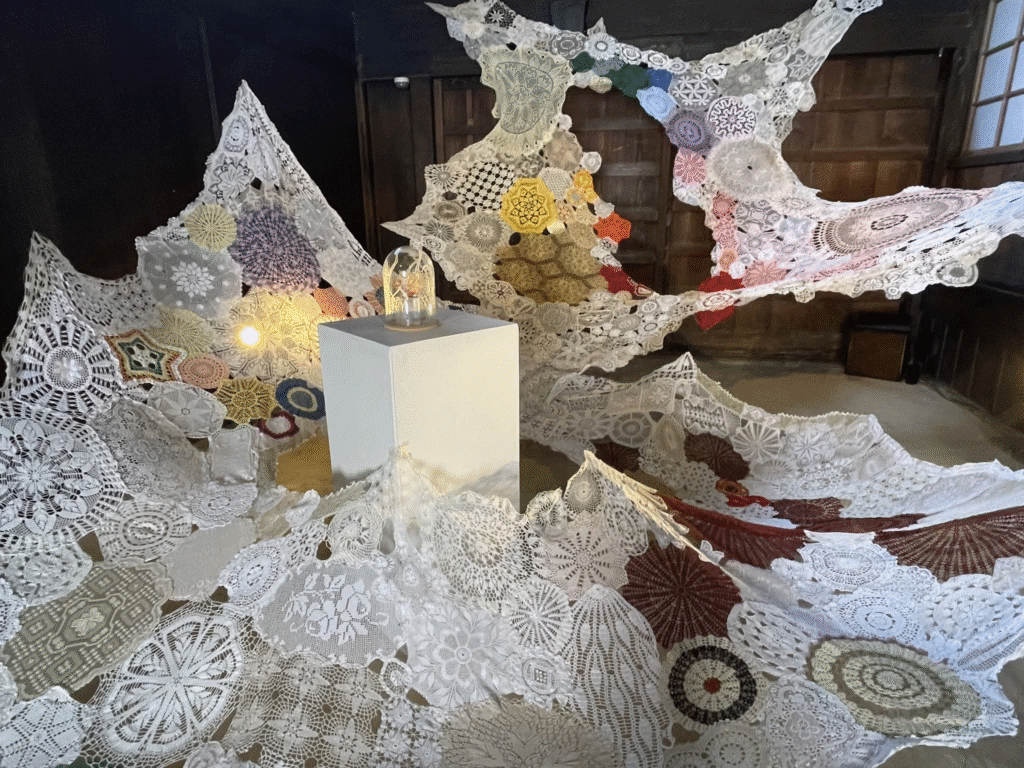
Passport information and special events
Exhibition passports are priced at 3,500 yen for adults (3,000 yen in advance) and 2,500 yen for students (2,000 yen in advance), with discounts available for Omihachiman residents. Admission is free for junior high school students and younger, as well as for visitors with disabilities. The Okishima Area and Chomeiji Area can be entered without a passport. During the festival, a performance concert titled “Flux” will be held at Machiya Club, featuring special stages by artists such as Yusei Minamie (The Tokyo Ballet) and Tarinainanika.
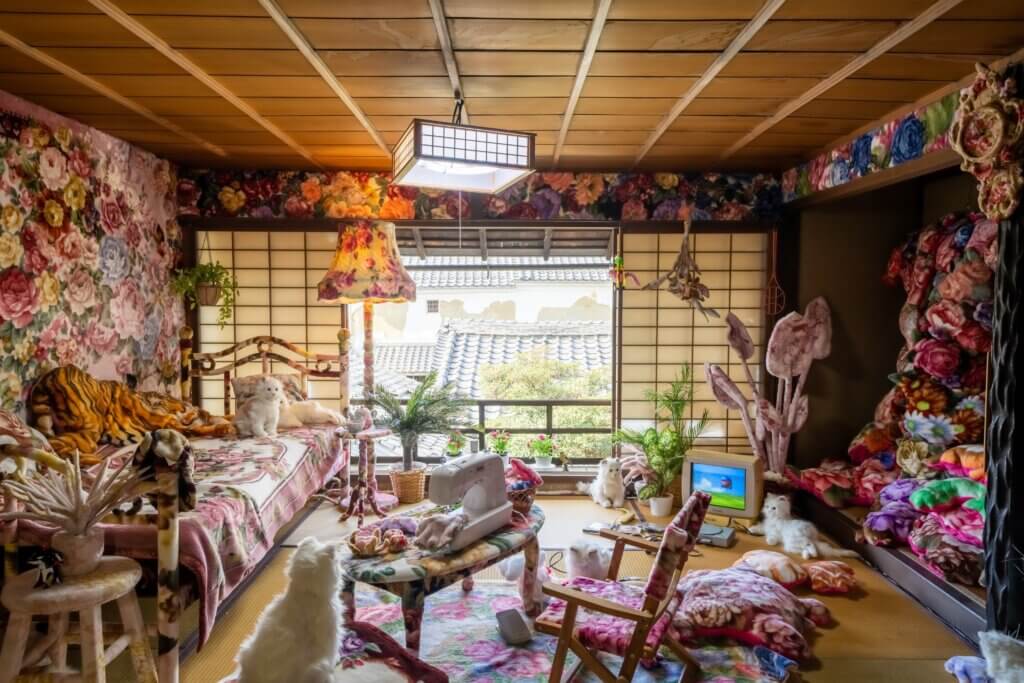
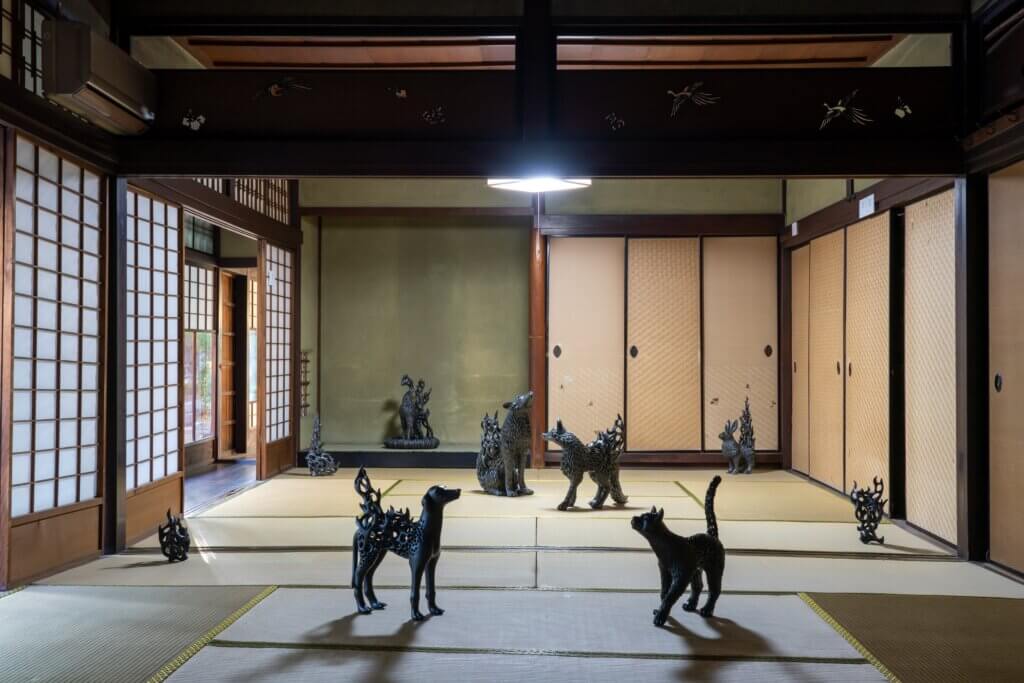
Tracing an artistic path alongside the community: the impact of the BIWAKO Biennale
Born in Otsu City in 2001, the BIWAKO Biennale pioneered, for its time, exhibitions and concerts in public spaces, becoming a forerunner of subsequent regional art festivals. Since 2003, it has been based in Omihachiman, where it has continued efforts to revitalize historic buildings scattered throughout the old town as exhibition venues. Rather than simply displaying artworks, the Biennale aims to preserve and pass down region-specific cultural assets—such as townhouses, sake breweries, and soy-sauce warehouses dating from the Edo and Meiji periods—by cleaning and repairing them through the power of art and reopening them as public spaces.
The organizers set as a goal the “revival of Japanese aesthetic sensibilities,” focusing on rediscovering local appeal through art and creating opportunities that leave deep impressions in the memories of people in Japan and abroad. With 2025 bringing international attention to the Kansai region through events such as Expo 2025 Osaka, Kansai and the National Sports Festival of Japan in Shiga, the BIWAKO Biennale is expected to resonate with this momentum and grow further. By adding new value to historic architecture, engaging local communities, and promoting cultural exchange and economic revitalization, it stands as one model of contemporary regional regeneration.
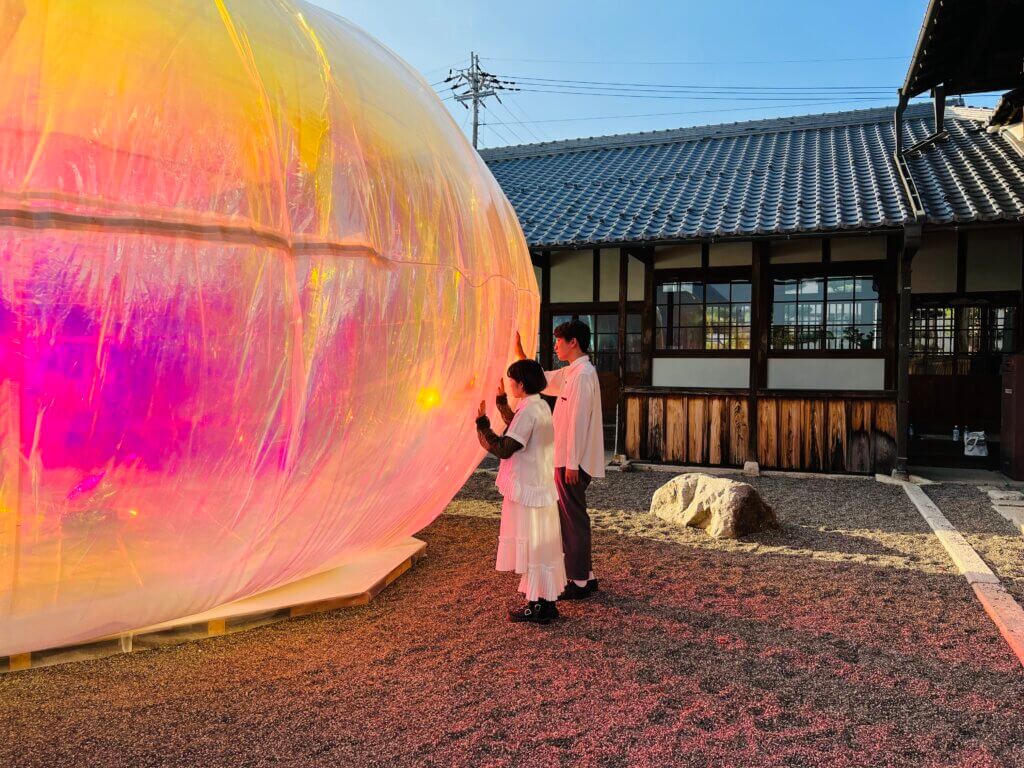
The International Art Festival BIWAKO BIENNALE 2025 offers a rare opportunity for art to connect deeply with local communities and create new value amid Shiga’s rich history and natural environment. Under the theme “Flux,” artists from Japan and abroad will present works in unique settings—such as traditional houses, an island, and sacred sites—delivering experiences that move audiences beyond the five senses. Through the revitalization of historic buildings and contributions to regional development, the BIWAKO Biennale demonstrates the boundless potential of art. This autumn, why not embark on an art journey in Shiga?
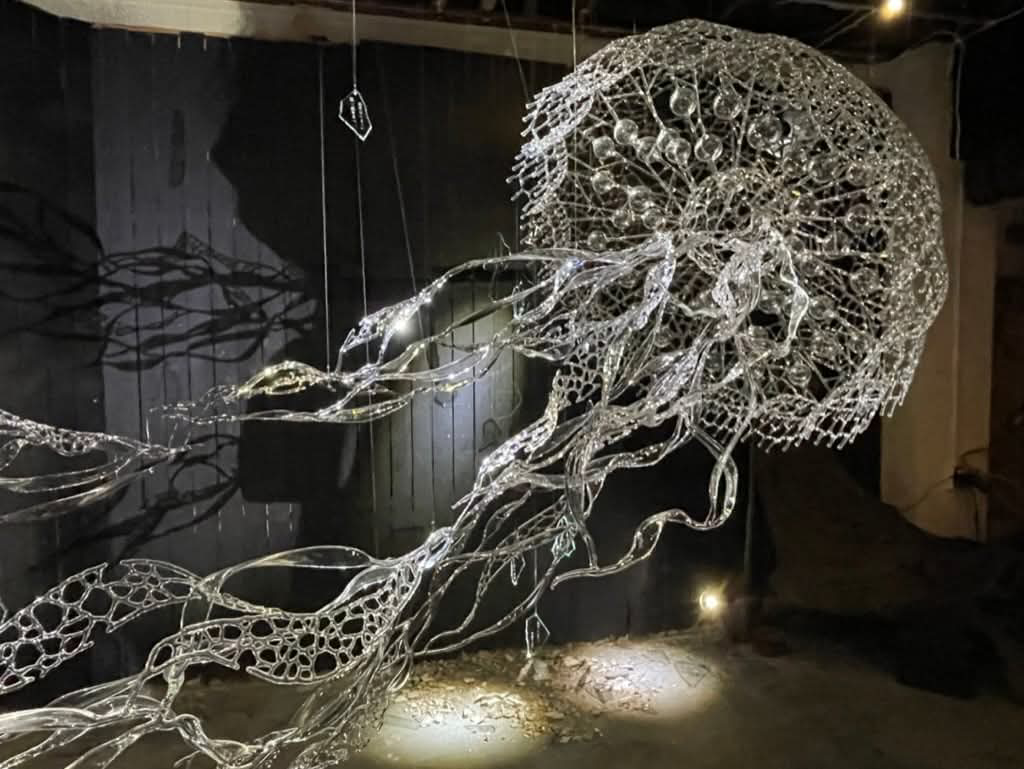
-
MUSIC AWARDS JAPAN 2026 confirmed — the stage moves to Tokyo. From the new home, TOYOTA ARENA TOKYO, Japanese music goes global

-
On-site Preview: “teamLab Biovortex Kyoto” Opens October 7 — How long does a visit take? What can you experience? Knowing the works’ background can change the way you see the world
